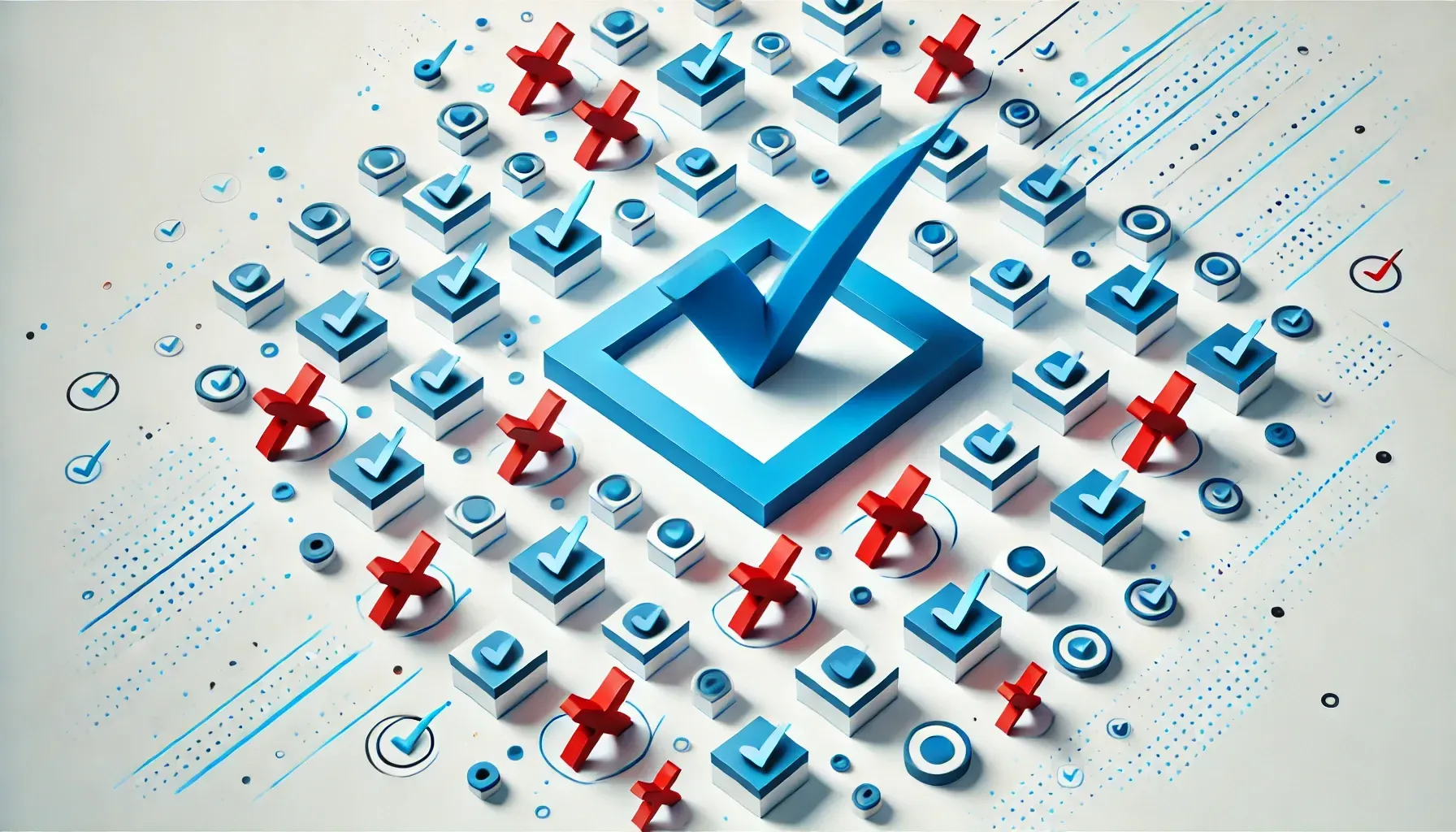PEOPLE GOING BEYOND.
2025 Hiring Trends: What HR Teams Should Be Ready For
By:

HR leaders are navigating major changes that demand fresh strategies and new approaches. According to the Accenture 2024 Pulse of Change Index the rate of change affecting businesses has risen steadily since 2019, by 183% over the past four years and by 33% in the past year alone.
From focusing on specific skills rather than degrees to embracing AI in hiring processes and managing hybrid workforces, the game has changed. These trends aren't just industry buzzwords; they’re shaping how companies attract and retain talent, and ultimately how they succeed. Let’s unpack these trends and explore how HR teams can stay ahead.
The Rise of Skills-Based Hiring: It’s All About What You Can Do
The days of focusing on degrees and titles are fading. Employers are now more interested in what people can actually do, not just what’s on their resume. According to the Harvard Business Review skills based hiring is on the rise because it helps companies zero in on candidates who can hit the ground running.
Whether it’s fluency in a customer relationship management tool like Salesforce, expertise in data visualization platforms like Power BI, or just solid project management know-how, practical skills are taking center stage.
Why the shift? It’s simple: businesses need adaptable employees who can solve problems and add value immediately. A shiny degree doesn’t always guarantee that. To address this, many HR teams are rethinking how they evaluate talent. Instead of just screening for traditional qualifications, they’re mapping out the skills their teams need now and in the future. Aura Intelligence’s Workforce Insights highlights the growing emphasis on these models to tackle global skills gaps.
Upskilling and reskilling have also become priorities, with organizations creating programs to help employees master new tools or refine their communication abilities. According to the 2025 Future of Jobs Report by the WEF, “skill gaps are categorically considered the biggest barrier to business transformation, with 63% of employers identifying them as a major barrier over the 2025- 2030 period.” For situations where the right skills can’t be developed internally, companies are increasingly relying on interim contractors or temporary workers. This approach fills immediate gaps while keeping big projects on track.
AI in Hiring: Smart, Efficient, and a Little Bit Game-Changing
Artificial intelligence isn’t a future fantasy anymore—it’s a real game-changer in recruitment today. From automating repetitive tasks like screening resumes to analyzing hiring data for better decisions, AI is transforming how companies find and attract top talent.
Take AI-powered chatbots, for example. They’re being used to answer candidates’ questions, guide them through the application process, and even schedule interviews. Not only does this save HR teams time, but it also creates a smoother experience for candidates. Predictive analytics is another major perk. By analyzing past hiring trends and current workforce data, AI helps HR leaders anticipate staffing needs and make smarter, faster decisions.
But it’s not just about automation. The human touch is still critical. While AI can handle the heavy lifting, HR teams need to ensure it’s used ethically and effectively. Training HR professionals to oversee AI tools and interpret data insights is key to getting the most out of these systems. When done right, the combination of AI and a personal approach makes hiring not only faster but also more engaging and accurate.
Managing Hybrid Teams in a Shifting Workplace Landscape
While hybrid work remains a cornerstone of modern workplace strategies, a growing number of companies are re-evaluating their approach, blending flexibility with renewed emphasis on in-office collaboration. Aura Intelligence remote workforce trends report shows that the majority of employees now expect some level of remote work as a standard offering.
But with great flexibility comes new challenges. For HR teams, managing hybrid workforces means finding ways to ensure remote and in-office employees feel equally included and valued. That starts with providing the right tools. Platforms like Microsoft Teams or Slack make collaboration seamless, helping distributed teams stay connected and productive. It’s also about clear communication. Regular check-ins and updates keep everyone on the same page, whether they’re dialing in from home or sitting in the office.
Culture is another big piece of the puzzle. When employees aren’t all in the same place, it’s easy for a sense of community to fade. HR teams can combat this by organizing virtual team-building activities or encouraging regular video calls where coworkers can share ideas (and maybe a few laughs). The key is to foster a sense of belonging, no matter where people are working from.
Preparing HR Teams for What’s Next
As these hiring trends reshape the workplace, HR teams need to step up and evolve right alongside them. That means building the skills and capabilities necessary to tackle new challenges. For instance, learning to interpret workforce analytics can help HR professionals make data-driven decisions that improve hiring and retention strategies. Mastering tools like Workday or BambooHR can streamline everything from recruitment to performance management.
Collaboration across departments is also critical. HR teams that work closely with IT and leadership can better align their efforts with overall business goals. For example, by understanding the company’s long-term objectives, HR can tailor hiring strategies to meet future needs rather than just focusing on immediate gaps. This proactive approach not only strengthens the workforce but also positions the organization for long-term success.
Continuous learning is another must. The hiring landscape is changing so quickly that what works today might not work tomorrow. HR professionals who stay curious and open to new ideas will be better equipped to adapt and thrive.
Embracing Change and Driving Success
The hiring trends of 2025 are more than just shifts in strategy—they’re opportunities for growth. By focusing on skills rather than credentials, leveraging AI to enhance recruitment, and mastering the art of hybrid workforce management, HR teams can create a dynamic, adaptable approach to talent acquisition.
Change isn’t always easy, but it’s necessary. HR leaders who embrace these trends and invest in the right tools, training, and strategies will not only close talent gaps but also build stronger, more resilient organizations. The future of work is here, and it’s an exciting time to be in HR.
From Talent Acquisition and Employee Relations to Compensation & Benefits and Learning & Development, Just HR specializes in connecting you with top HR talent. Whether you need strategic leaders or specialized experts, our dedicated focus ensures you find the right fit for your team.
Contact us today to build a HR team that drives your business forward.
Looking for a new role? Search HR jobs
Need help filling a position? Contact Us
Other articles you might be interested in



Get in touch with us.
VANCOUVER
CALGARY
JUST HR | HUMAN RESOURCES RECRUITMENT | PEOPLE GOING BEYOND
Copyright © 2023 Just HR



